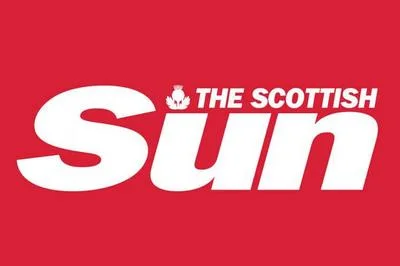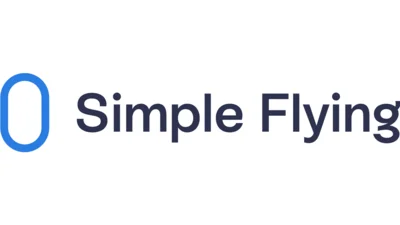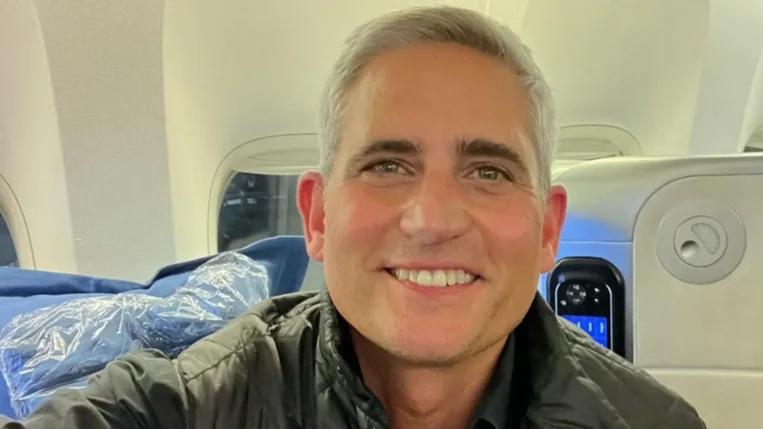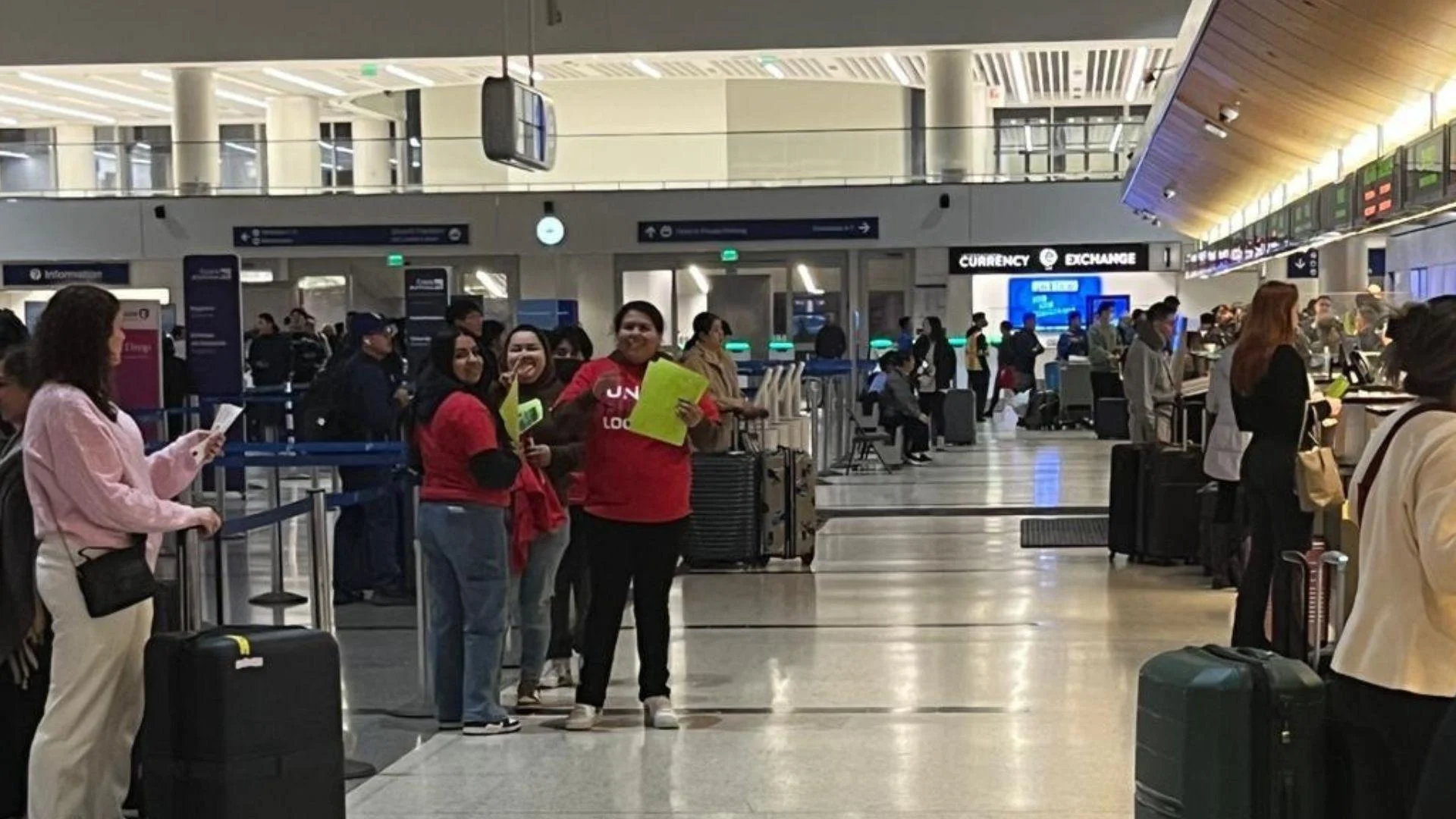"I can tell you quickly why Southwest Airlines is struggling," tweeted Michael Girdley on July 26, 2024. "Nonstop from San Antonio to Phoenix in August: Southwest: $278 a person; American: $276 a person. If you're going to be a discount airline, you have to offer a discount."
Southwest hasn't been known for low fares recently and is no longer considered a low-cost airline either. However, in this instance mentioned by Girdley, they actually offer better value—for $2 more than American Airlines’ fare—which includes two checked bags while American charges extra for both bags and Wi-Fi. Additionally, all Southwest flights are changeable with credits that do not expire.
The airline faces increased costs primarily due to two reasons:
First, Southwest hasn’t offered flights that meet current demand preferences. The airline operates mostly domestic routes with limited close-in international destinations and cannot capitalize on the growing demand for long-haul international travel. Unlike its competitors who partner with other airlines or use regional jets to connect passengers from smaller towns to larger hubs, Southwest exclusively flies Boeing 737s which limits their reach.
Second, there has been substantial growth in premium travel demand over recent years—a segment where Southwest lags behind as it lacks extra legroom seats or first-class options and does not provide lounges.
Historically, Southwest preferred customers not compare prices directly since they usually aren't cheaper upfront when excluding ancillary benefits like free checked bags. Upcoming Department of Transportation (DOT) regulations might require fare displays inclusive of various fees which could potentially benefit Southwest by highlighting their competitive total trip cost rather than just base fares.
These new federal rules could make Southwest appear cheaper at equivalent price points—an advantage they are likely aiming to leverage by displaying fares side-by-side on platforms like Google Flights.
 Alerts Sign-up
Alerts Sign-up




































